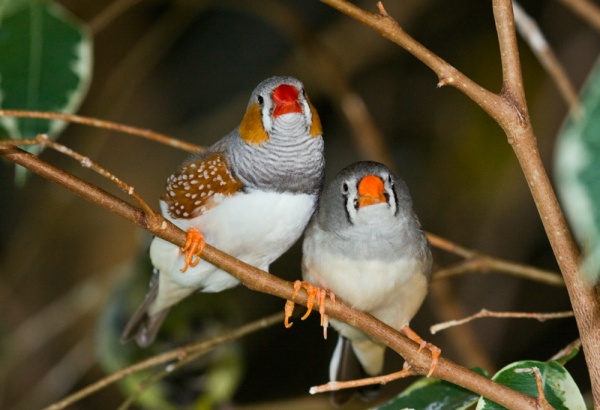Facts About Zebra finch
The zebra finch is a well-known bird native to Central Australia, with a range that spans much of the continent. These finches can also be found on Timor Island, and they have been introduced to places such as Puerto Rico and Portugal. First described in 1801, zebra finches boast a rich history with several subspecies identified over the years. Likely having evolved in Australia, they are mainly divided into two subspecies, each with distinct traits and habitats.
Typically, these birds inhabit dry areas near water, preferring grasslands with scattered trees and shrubs, as well as open woodlands. Their breeding habits are closely tied to rainfall, initiating breeding as soon as water becomes available. Zebra finches are socially monogamous, forming strong pair bonds that last until one partner dies. They build intricate nests, and their breeding season coincides with the availability of ripe seeds.
Zebra finches are renowned for their loud, cheerful songs. Males develop unique songs by mimicking others during a critical learning period. Owing to their vocal abilities, zebra finches are frequently studied to understand the neural mechanisms behind learning and memory. They display complex behaviors related to breeding, foraging, and communication, showcasing remarkable adaptations to thrive in arid environments.
However, inbreeding poses significant challenges for zebra finches, often leading to early mortality due to inbreeding depression. Their diet primarily consists of grass seeds, but they also consume insects and flowers. They forage in flocks and exhibit specific behaviors related to food availability and competition. Zebra finches have distinct drinking and bathing habits and have evolved methods to regulate their body temperature in hot climates.
Predators, including various snakes, lizards, birds, and mammals, often target their nests and roosting adults. Despite these challenges, zebra finches continue to thrive, making them a fascinating subject for scientific research due to their diverse behaviors and clever adaptations.
